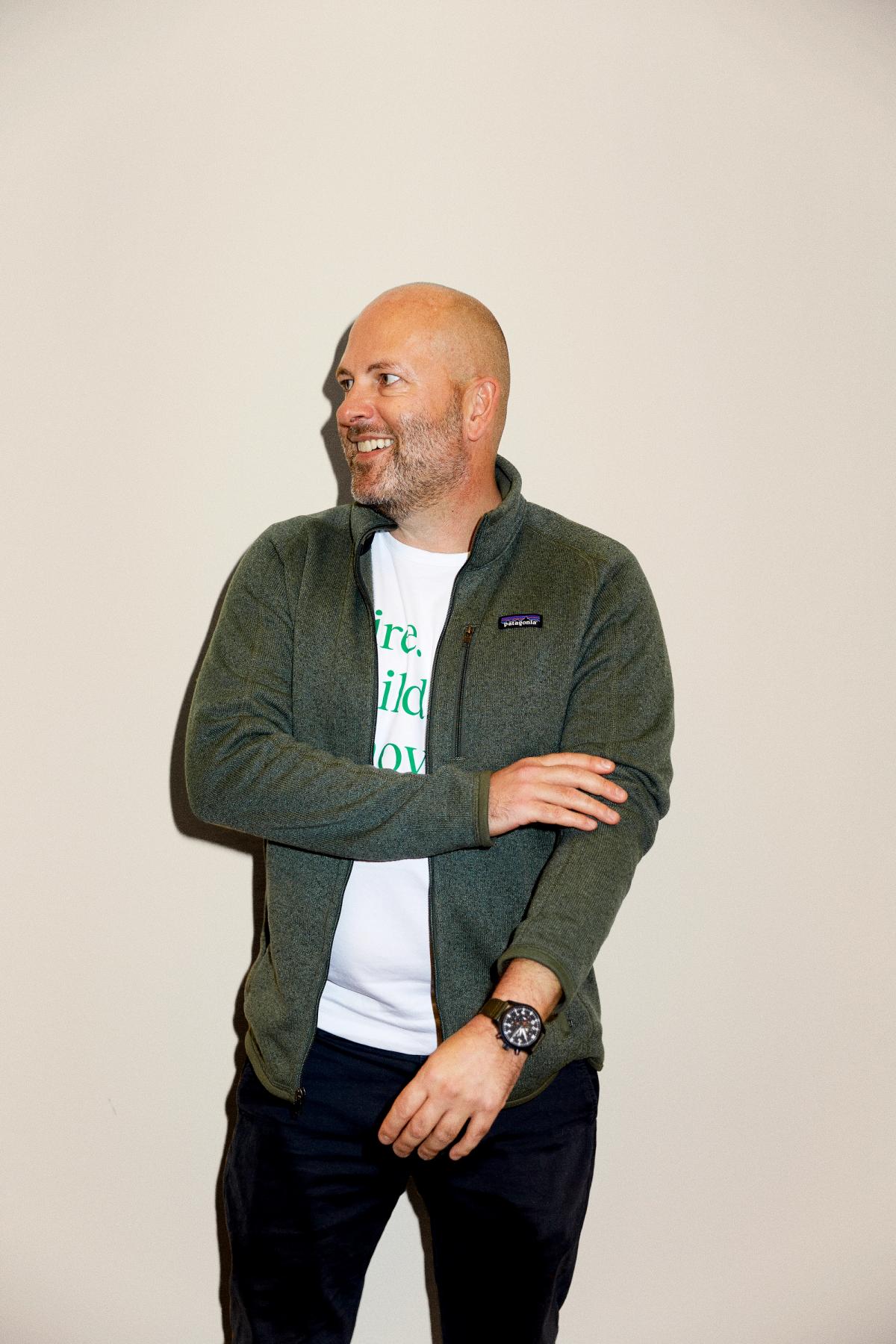Talent shortage

Do you also find that recruiting has become more complicated over the past few years and that the recruitment market has changed? If so, you’re not alone.
Unemployment remains at a record low in Denmark, with 88,410 people unemployed, or 2.9% of the workforce. Excluding new graduates and the long-term unemployed, we’re just over 2%—also a record low. If the position you want to fill requires a few years of experience and specific skills, there isn’t that much talent available to choose from.
Fortunately, there’s good news. Denmark has a very high level of job mobility or job turnover, if you will. In the fourth quarter of 2023, 22.7% of employed individuals had started their job within the past year, equivalent to 689,000 people.
Job mobility fluctuates from year to year and has reached closer to 800,000 employed individuals in some years.
When we recruit a candidate, about 98% of the time, we find them here.
The candidates we typically hire are:
- Highly specialized
- Have a strong track record
- Already employed
- Generally compensated according to the market
- Individuals with clear expectations for their next job
What has changed over the past few years is that once a skilled candidate decides to switch jobs, there’s a very short window from thought to action. The decision-making process is significantly shorter than before, making it harder for companies to navigate. Paradoxically, many candidates have either experienced layoffs or financial challenges at work, and we find that risk tolerance is very low—despite record-low unemployment. Whereas a candidate previously might have wanted 2-3 options to choose from, they are now much more likely to quickly accept the first offer they receive.
As a company, the consequence is that running a standard process until there are 2-3 great candidates to choose from has become much more difficult. It’s no longer enough to run a solid, well-thought-out process with multiple interviews, a case/code challenge, references, etc.—you also have to do it quickly.
We could call this a kind of Recruitment Excellence X Speed discipline.
Where it often goes wrong for companies is:
- Sticking to the exact same job description as usual.
- Sticking to the same salary level as before, despite significant wage increases in recent years.
- Failing to speed up the process while maintaining quality.
- Not knowing precisely what they’re looking for.
- Lacking access to enough talent in the process simultaneously.
Often, it’s a combination of several different factors that unnecessarily extends the recruitment process. For instance, we often see that the right candidate comes in early in the process and has salary expectations aligned with the market—but the company’s expectations are not. If there aren’t enough candidates to compare, the process stalls, and the candidate accepts another offer.
In the past, this challenge could be somewhat mitigated by hiring outside Denmark, but unfortunately, the conditions are the same across Europe, and for many positions, the salary level is not significantly lower in other markets.
The solution is to be very well-prepared before starting and to execute sharply and effectively—both generally in the process and when the right candidate is present.
Or to find someone—hint, hint—who can help you with that.

Insight by Bjørn Andersen
Bjørn Andersen
CEO & Founder
CEO & Founder